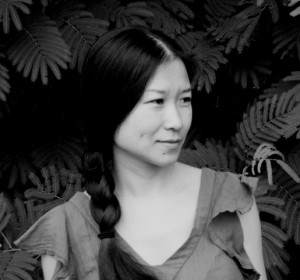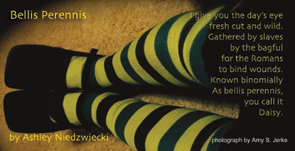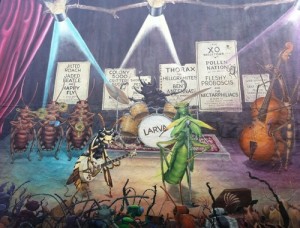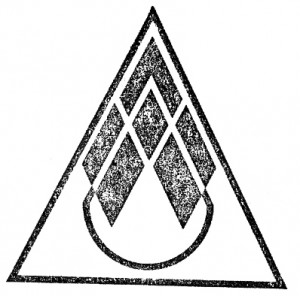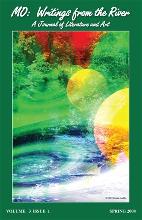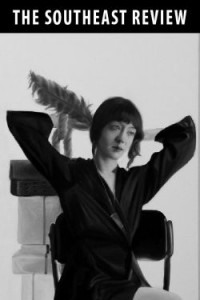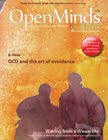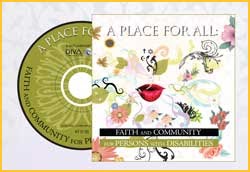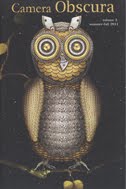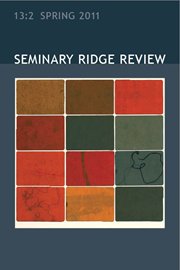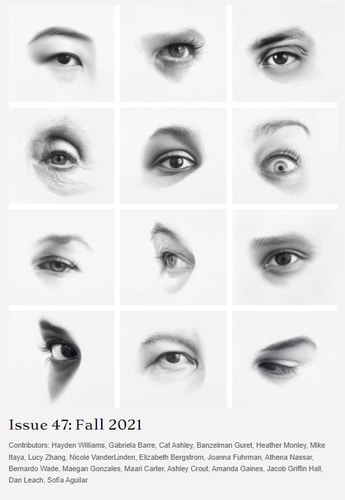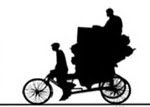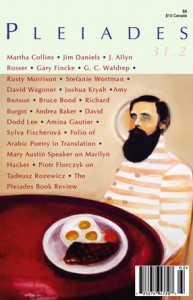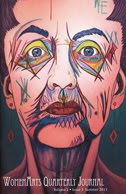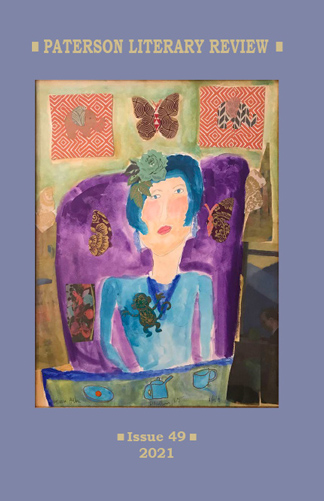From the Avery website:
For four years, Avery has been publishing emerging authors alongside established ones; young writers alongside older; women alongside men; urban alongside rural. Every single page of our book is devoted to the unpublished short story, so we’ve been able to get over ninety short stories out into the world.
And yet, no matter how widely we cast the net, we’re always going to miss a few states, a few cities, a few voices. Sometimes a story’s voice is too good, too different, too true to fit into an issue.
We decided something had to be done.
The 25 Cities Project is our effort to offer readers even more variety, to encourage writers from more diverse backgrounds to throw their hats in the ring. The short story has been evolving for quite some time now, and through each phase we see changes in style, tone, mood. Above all else, though, we see and seek out changes in voice. So much depends upon who’s telling us the story, and from what vantage point they’re telling.
Visit Avery for a full list of cities, submissions received thus far (some cities still not represented!) and guidelines. PHOTOGRAPHY submissions are also being accepted.

